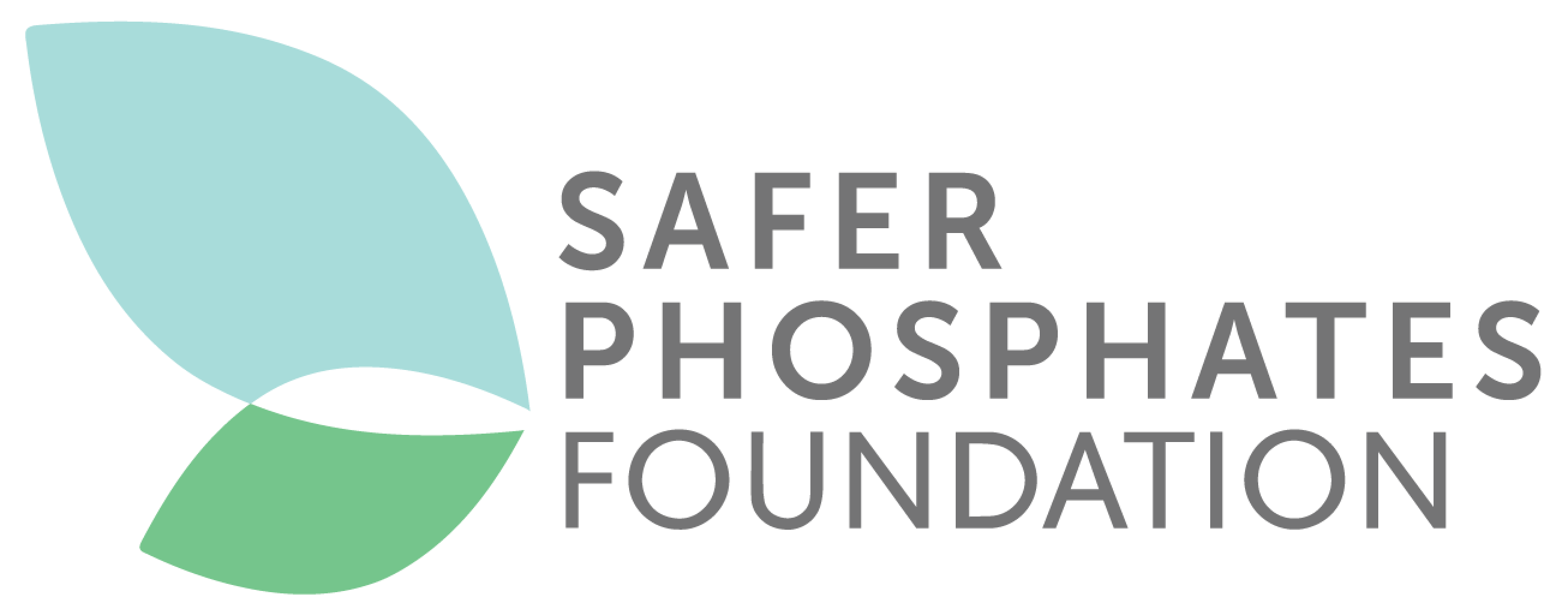It is essential to strike the right balance between food security and food sustainability. Safer Phosphates strongly supports fertiliser solutions that achieve both objectives. While phosphate fertilisers make a crucial contribution to global food security and nutritional needs, they may also be a source of cadmium contamination. The choice of raw materials used to extract phosphate fertilisers is essential to ensuring their sustainability. Using low-phosphate fertilisers reflects an appropriate balance between productivity and sustainability objectives.
)
With the adoption of the European Green Deal in 2019, the EU set the course for its profound transformation into a more sustainable and climate-neutral continent. In the food sector, this new impetus led to the adoption of flagship initiatives, such as the Farm-to-Fork Strategy, aimed at ensuring the achievement of green targets throughout the food chain system.
While food systems are now transitioning towards sustainability and resilience, other equally important concerns need to be factored in to ensure that all parameters of an efficient, self-sufficient, sustainable, safe and resilient food system are taken into account.
Therefore, when it comes to sustainable agriculture, it is crucial not to put aside food security issues or the essential role of raw materials, and in particular fertilisers, in ensuring constant and sufficient productivity at affordable costs.
Phosphate fertilisers are essential for food security, but their unsustainable use can also have dramatic consequences for human, animal and environmental health.
A recent study on the “Influence of heavy metals on quality of raw material products, and human and animal health status”1 confirms the considerable threats that heavy metals pose to the environment and living organisms. Among the sources of contamination, the author identifies in particular agricultural practices that use mineral fertilisers and points out that the accumulation of heavy metals depends mainly on the technology used and the material from which they are produced.
With regard to phosphate fertilisers, cadmium is the main heavy metal contaminant. Cadmium occurs naturally in some rocks mined for phosphate fertilisers, but not all rocks contain the same levels of cadmium. It is therefore essential to ensure the sustainable and safe use of phosphate fertilisers, which can be achieved through the use of low-cadmium raw materials.
The choice of raw materials used to extract phosphate fertilisers is essential to ensuring their sustainability. By promoting the use of low-phosphate fertilisers, Safer Phosphates is advocating an appropriate and efficient balance between food security and food sustainability objectives.
Anna Bartkowiak, (2022). Influence of Heavy Metals on Quality of Raw Materials, Animal Products, and Human and Animal Health Status. DOI: 10.5772/intechopen.102497.

